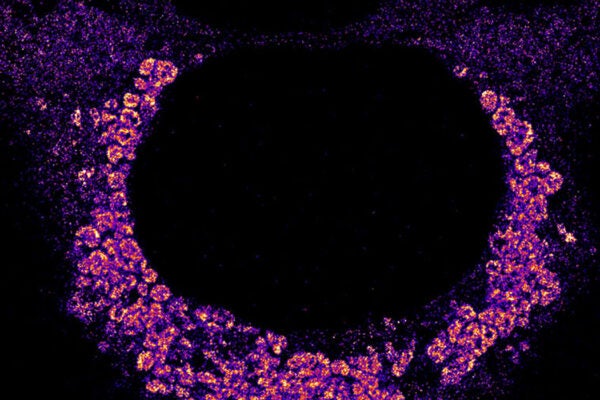The Jaws Effect (The Revelator)
by David Shiffman
Jaws came out fifty years ago. Since then, populations of sharks and their cousins, rays, have dropped by half. Coincidence? Probably not entirely.
Feathers are a Magical Material (Smithsonian Magazine)
by Ian Rose
Feathers do much more than help birds fly. They protect against wet and cold, manipulate light, and repair themselves. After centuries of study, engineers are still learning from them as they design new technologies.
Cities Made New (Works in Progress)
by Anya Martin
Goals for improved use of urban land, like more housing or better transportation, can be difficult to achieve without angering landowners. A system widely used in Japan gets results by offering control—and a share in the rewards—to local people.
Care Beyond the Family (Nursing Clio)
by Marin Hart
In the American way of organizing society, we generally expect to rely on family for our daily needs. Natural disasters reveal the need for wider networks of care and could point the way to more resilient and inclusive frameworks.
Inventing the Wheel (The Conversation)
by Kai James
To many people today, it’s astonishing how many ancient societies accomplished extensive feats of engineering without the wheel. What did it actually take to come up with the concept of wheeled transportation?
Got a hot tip about a well-researched story that belongs on this list? Email us here.






